If you've noticed your hairline looking a bit different lately, you're definitely not alone. This article will walk you through what's actually happening and what you can do about it.

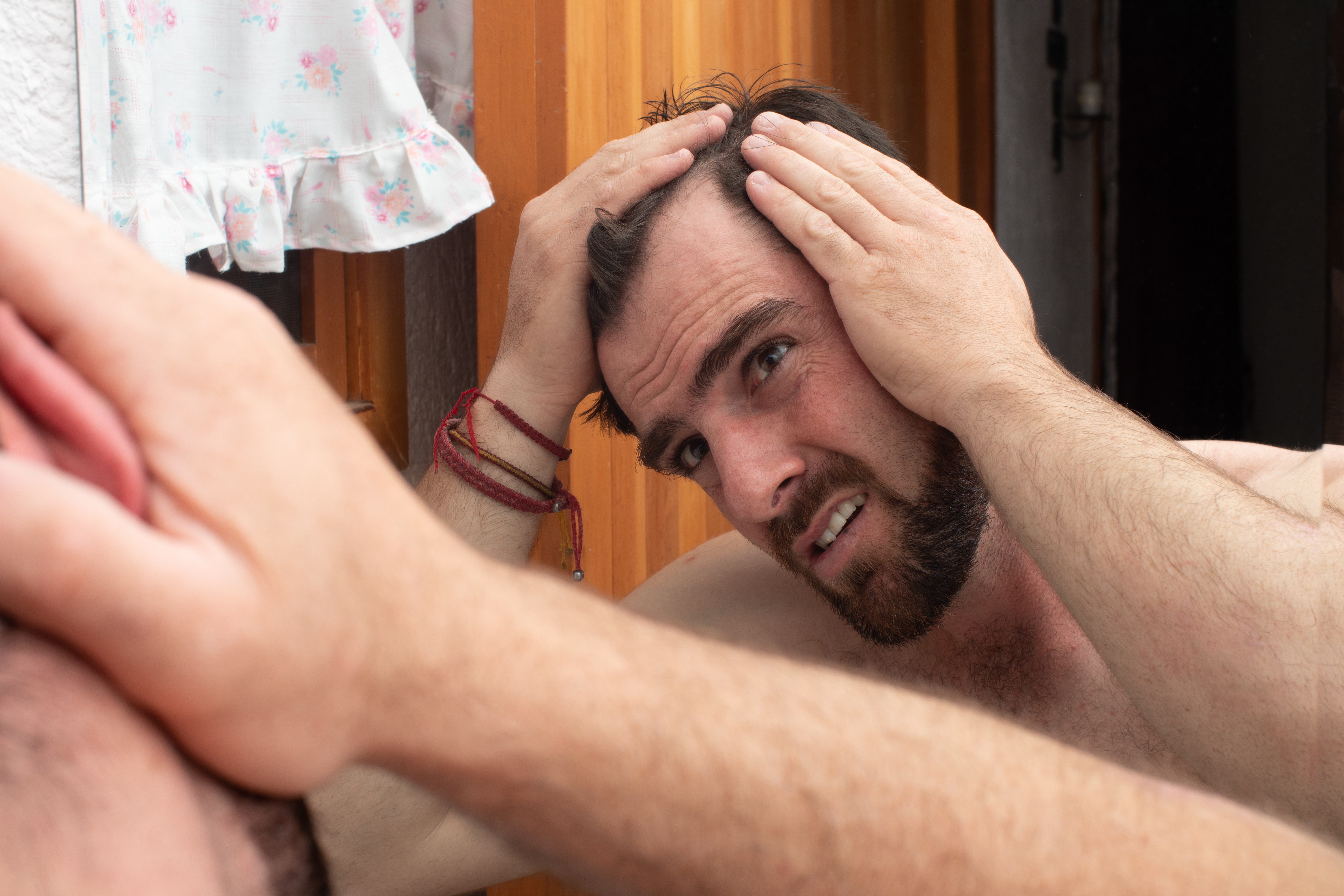
Hairline changes are one of those things nobody really prepares you for until you're standing in front of the mirror one day and something just looks... off.
Maybe it's the temples that seem a little further back than they used to be. Or you're scrolling through photos from a year ago and thinking, "Wait, was my forehead always this visible?"
Sometimes it's so gradual you can't pinpoint when it started, but you know something's changed.
And here's the thing: this experience is incredibly common. It affects both men and women, usually starting somewhere in your 20s or 30s.
For some people, it's genetics doing its thing. For others, it's tied to hormones, stress, or even just how you've been styling your hair.
The point is, you're not imagining it, and you're definitely not the only one dealing with it.
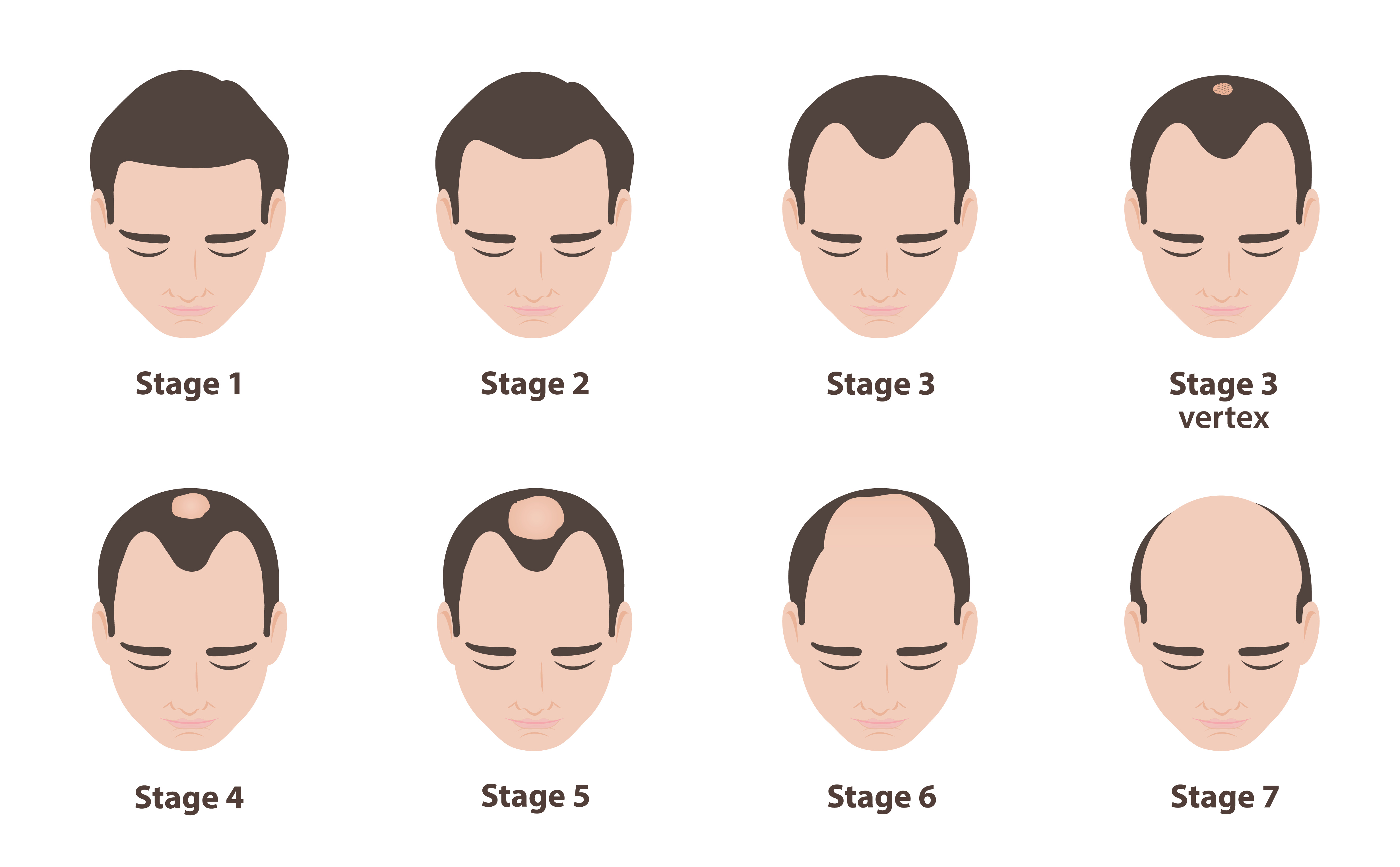
So what exactly are we talking about when we say "hairline changes"? Let's break it down.
Temple thinning is probably the most common early sign. This is when the hair at the sides of your forehead starts to thin out or pull back, creating those classic "M-shaped" corners.
Forehead recession is when your entire hairline gradually moves back from where it used to sit. You might notice more forehead showing than before, especially when you pull your hair back.
Then there's diffuse thinning at the front, when the hairline doesn't necessarily recede, but the density along the front just isn't what it used to be. The hair looks finer, lighter, or less full.
Now, here's an important distinction: not all hairline changes mean you're losing your hair.
A mature hairline is totally normal. Most people's hairlines shift as they move into adulthood, rising about a centimeter or so above the highest forehead crease. This typically happens in your late teens or early twenties and then stabilizes. It's just part of growing up.
A receding hairline, on the other hand, keeps moving. It doesn't stop at that mature position, it continues creeping back over time, often unevenly, and the hair that remains may get thinner and weaker.
How to check for yourself:
The best way to track what's happening is with photos. Take consistent pictures every few months in the same lighting, same angle. Compare them over time.
You're looking for patterns: is the change gradual and ongoing, or did it shift once and stay put?
And here's some good news: early hairline changes aren't always permanent. Catching them early gives you the best shot at supporting your hair and potentially slowing things down. The earlier you notice, the more options you have.

Alright, so now that you know what to look for, let's talk about why this happens in the first place.
Genetics is the big one. If your parents or grandparents went through hairline changes, there's a decent chance you will too. It's not a guarantee, but your DNA plays a major role in how sensitive your hair follicles are to certain hormones… which brings us to the next point.
Hormones, specifically something called DHT (dihydrotestosterone), can cause hair follicles to shrink over time. This is especially true around the hairline and crown. It's why some people notice changes during puberty, after pregnancy, or during other hormonal shifts.
Stress is another big culprit in our hectic modern world.
Chronic stress is often linked to increased shedding and changes in hair growth cycles. If you've been through a really intense period with work stress, life changes, or lack of sleep (or all of the above) your hairline might reflect that a few months later.
Scalp tension is another one people don't always think about. Constant pulling from tight hairstyles (think slicked-back buns, braids, or ponytails) can cause something called traction alopecia, where the hairline gradually recedes from repeated tension. Same goes for habits like frequently wearing hats or headbands that put pressure on the same spots.
Styling habits matter too. Overuse of heat tools, harsh chemical treatments, or even just rough brushing can weaken the hair along your hairline, making it more prone to breakage and thinning.
Here's the thing: these are all common triggers. You're not doing anything wildly wrong if one or more of these apply to you. But knowing what might be contributing to your hairline changes helps you make smarter choices about how to support your hair moving forward.
Understanding your specific triggers is honestly the first step to figuring out the right kind of support for you.

Here's the reality: once hair follicles start to miniaturize, meaning they shrink and produce thinner, weaker hair, it's tough for them to return to producing thicker hair. In some cases, they go dormant altogether and stop producing visible hair.
This process is mostly driven by genetics. If you're predisposed to it, your follicles are just more sensitive to hormones like DHT, and over time, they gradually shrink down.
Yeah, it's frustrating, but it's also just how some people's hair works.
That said, this doesn't mean you're out of options.
If you're noticing changes and you're unsure what's going on, it's worth talking to a dermatologist or trichologist. They can give you a proper diagnosis and rule out other issues like nutrient deficiencies, thyroid problems, or scalp conditions that might be contributing.
But here's the encouraging part: early intervention matters.
When follicles are in that "miniaturizing" phase, AKA not fully dormant yet, supportive routines can help maintain the appearance of your hairline. The goal isn't necessarily to reverse what's already happened, but to slow things down and support the follicles you still have.
Catching it early gives you the best shot at keeping your hairline looking fuller for longer.

So if follicles don't always bounce back, what can you actually do?
Quite a bit, actually, especially if you catch things early.
The foundation is pretty straightforward: daily habits that support scalp and hair health.
Start with gentle scalp care. Keep your scalp clean, but don't overdo it with harsh shampoos or aggressive scrubbing. A healthy scalp environment gives your hair the best chance to thrive.
Stress management is also huge. We already talked about how stress can push hair into shedding phases, so finding ways to manage it, whether that's exercise, sleep, meditation, or just carving out downtime, can genuinely help.
Avoid tight hairstyles whenever possible. Give your hairline a break from constant tension. If you usually wear your hair pulled back, try switching it up and letting it down more often.
And don't sleep on nutrition! Hair needs specific nutrients to grow stronger-looking, like protein, iron, biotin, and vitamins D and E. Eating a balanced diet (or supplementing where needed) supports overall hair health from the inside out.
Here's the key: consistency matters. These aren't dramatic overnight fixes, but simple, early habits really do make a noticeable difference over time. It's about playing the long game.
One part of a proactive routine that's designed specifically for this is Scandinavian Biolabs’ Hairline Booster, a targeted option made to support the temples and forehead, which are usually the first areas to show change.
It's non-medical, plant-based, and easy to work into your everyday routine. Think of it as another layer of support, like adding a serum to your skincare routine.
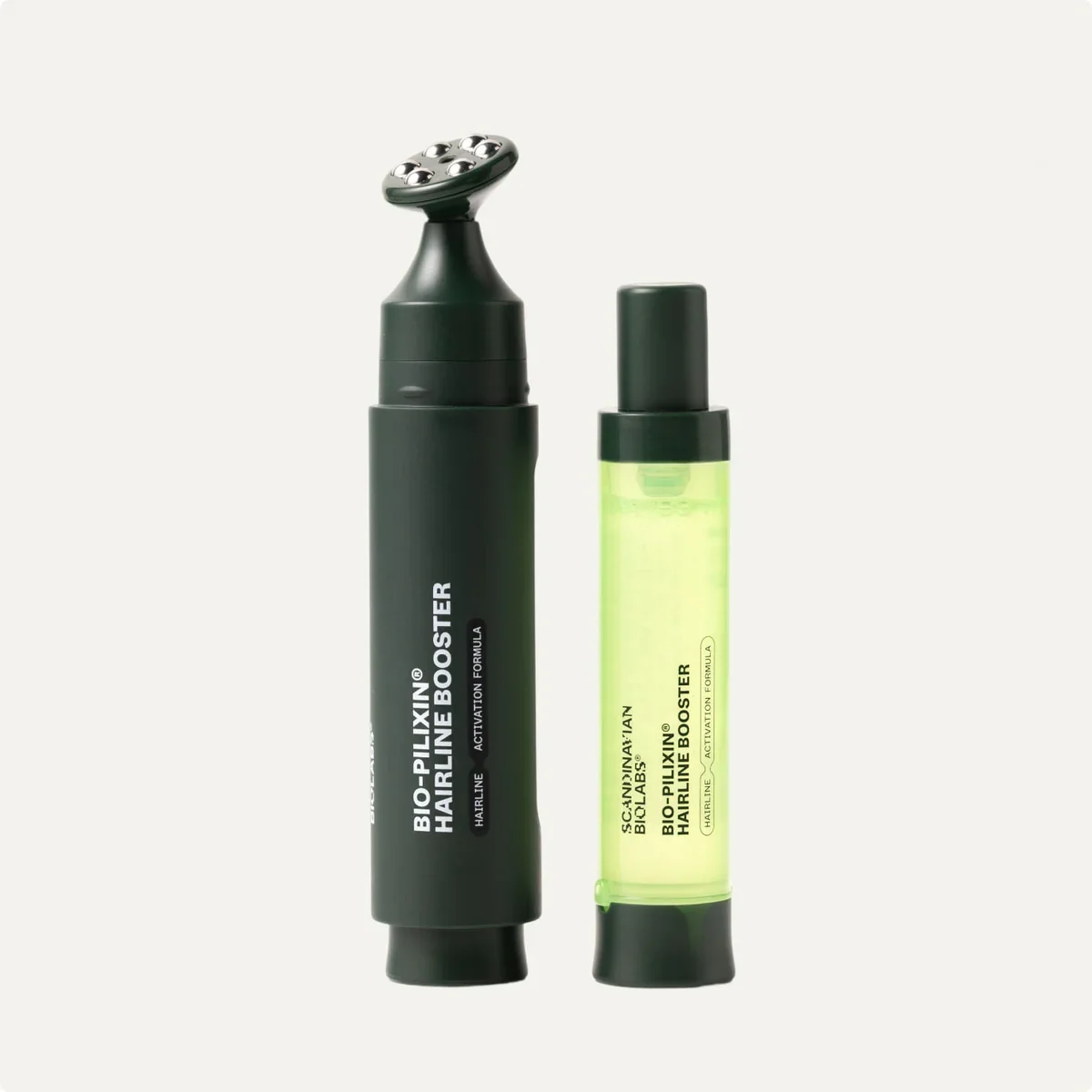

So how does this actually work? Three key factors make the difference.
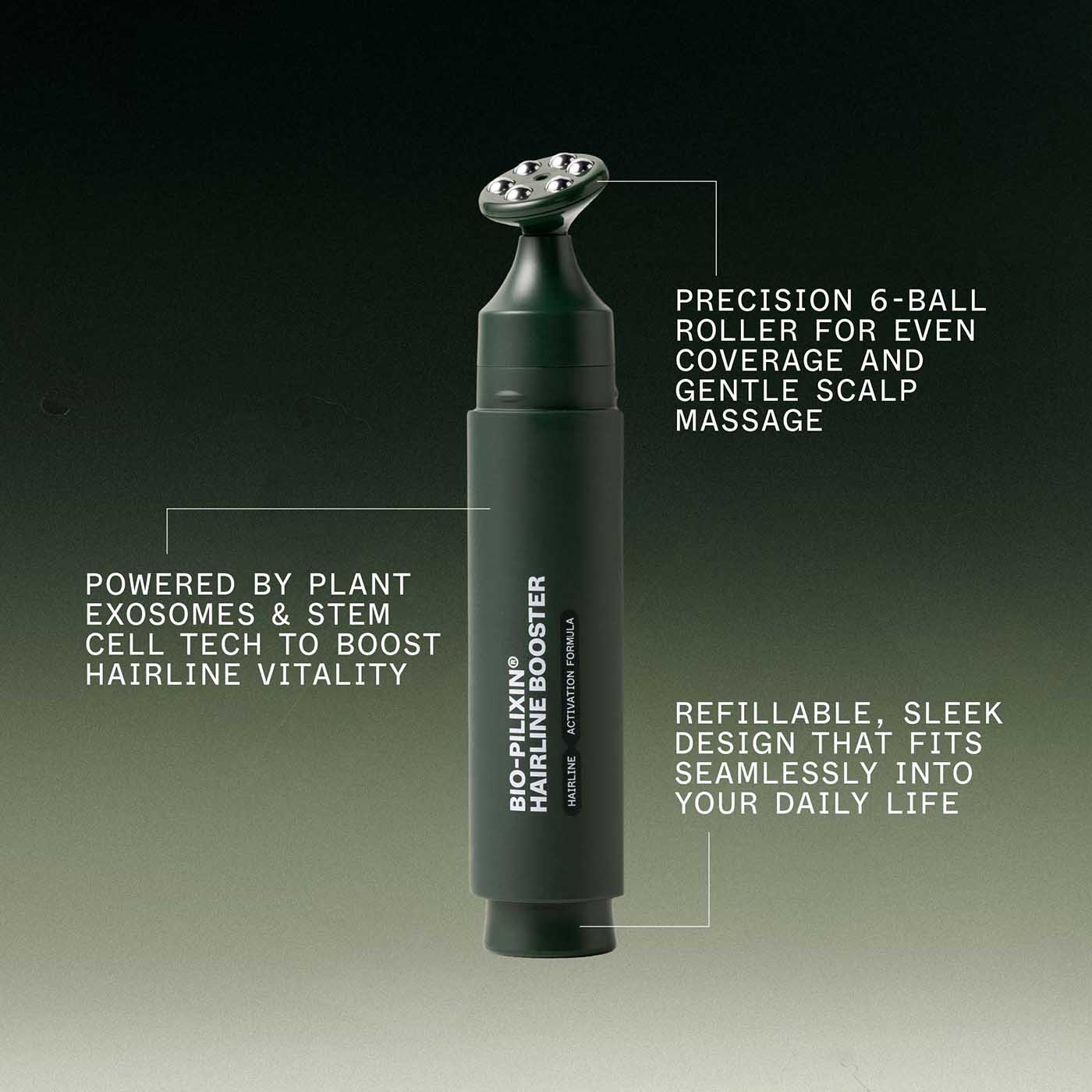
Most hair products sit on the scalp surface or get absorbed by surrounding tissue before they ever reach the follicles where growth happens.
The plant exosome technology solves this by having the microscopic carriers deliver peptides and plant stem cells directly to the follicles.
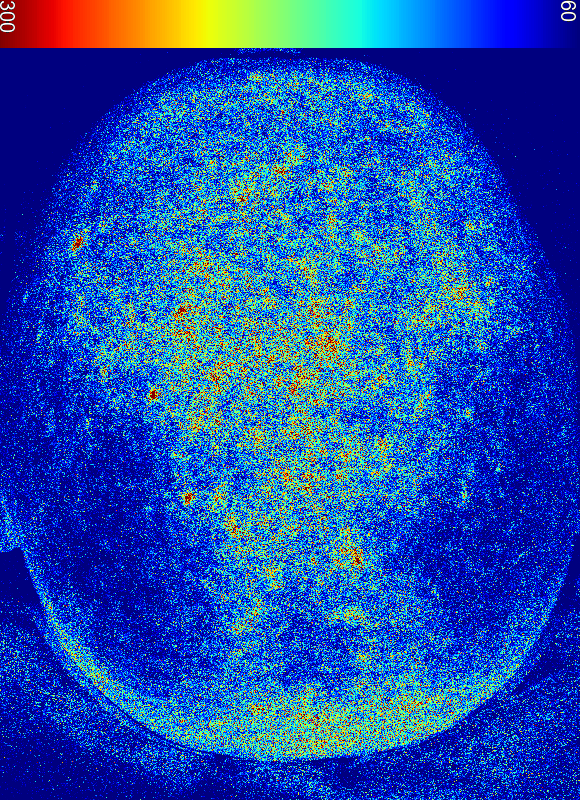
Before
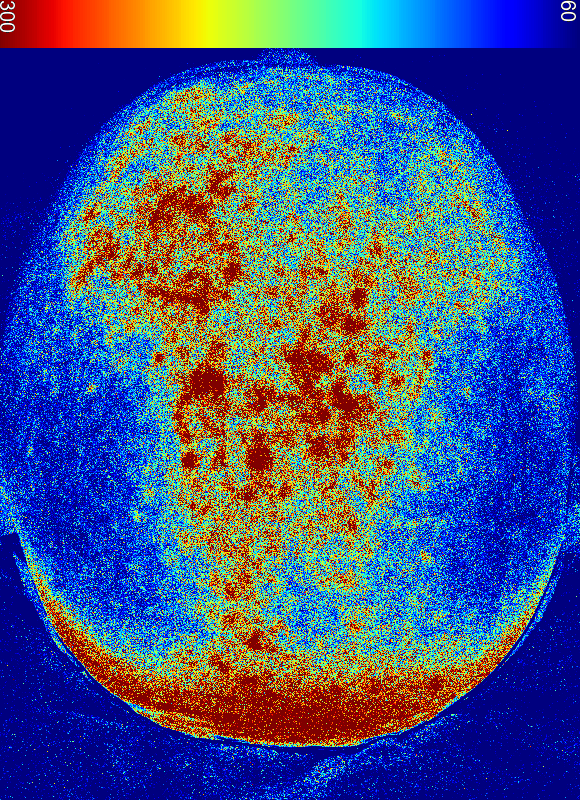
After
Hair follicles need proper blood flow to stay healthy. HotFlux® creates a gentle warming sensation that promotes circulation from within, while the rollerball massage stimulates blood flow mechanically as you apply it. Both work together to support healthier circulation right where your hairline needs it.
Clinical testing shows the Bio-Pilixin® formula may help support hair growth cycles and support follicles to stay in the active growth phase longer while possibly reducing shedding.
It works gradually with consistent use, helping your hairline appear stronger with improved shine and texture.
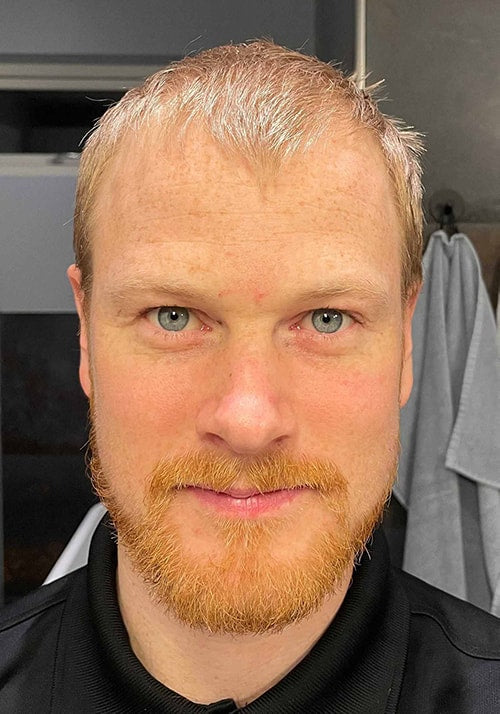 Before
Before
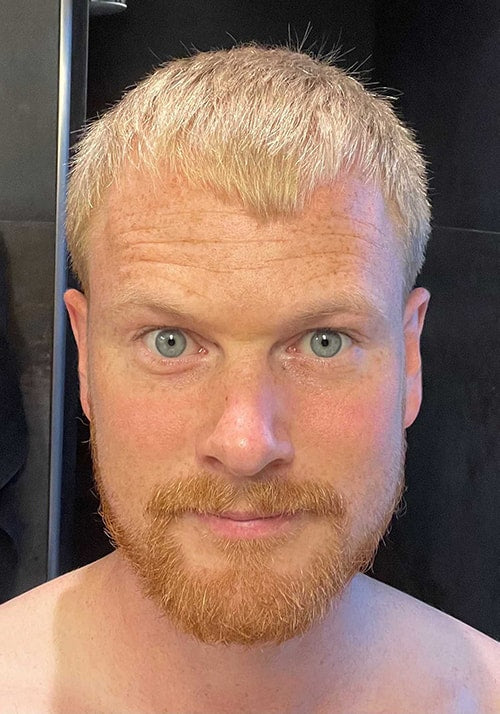 After
After
One of the most helpful things you can do is track your progress with photos. Take them in the same lighting, same angle, every few months. It's easy to forget what your hairline looked like six months ago, but photos don't lie, and they'll help you notice the small improvements that happen gradually!
Here's the thing: early care is about confidence and consistency, not perfection. You're not going to wake up one day with a completely different hairline. This is about supporting what you have, slowing things down, and feeling more in control of the situation.
So be patient with yourself. Hairline changes didn't happen overnight, and supporting them won't either. It's a long game, and that's okay.
Give yourself credit for taking action early, that alone puts you ahead!
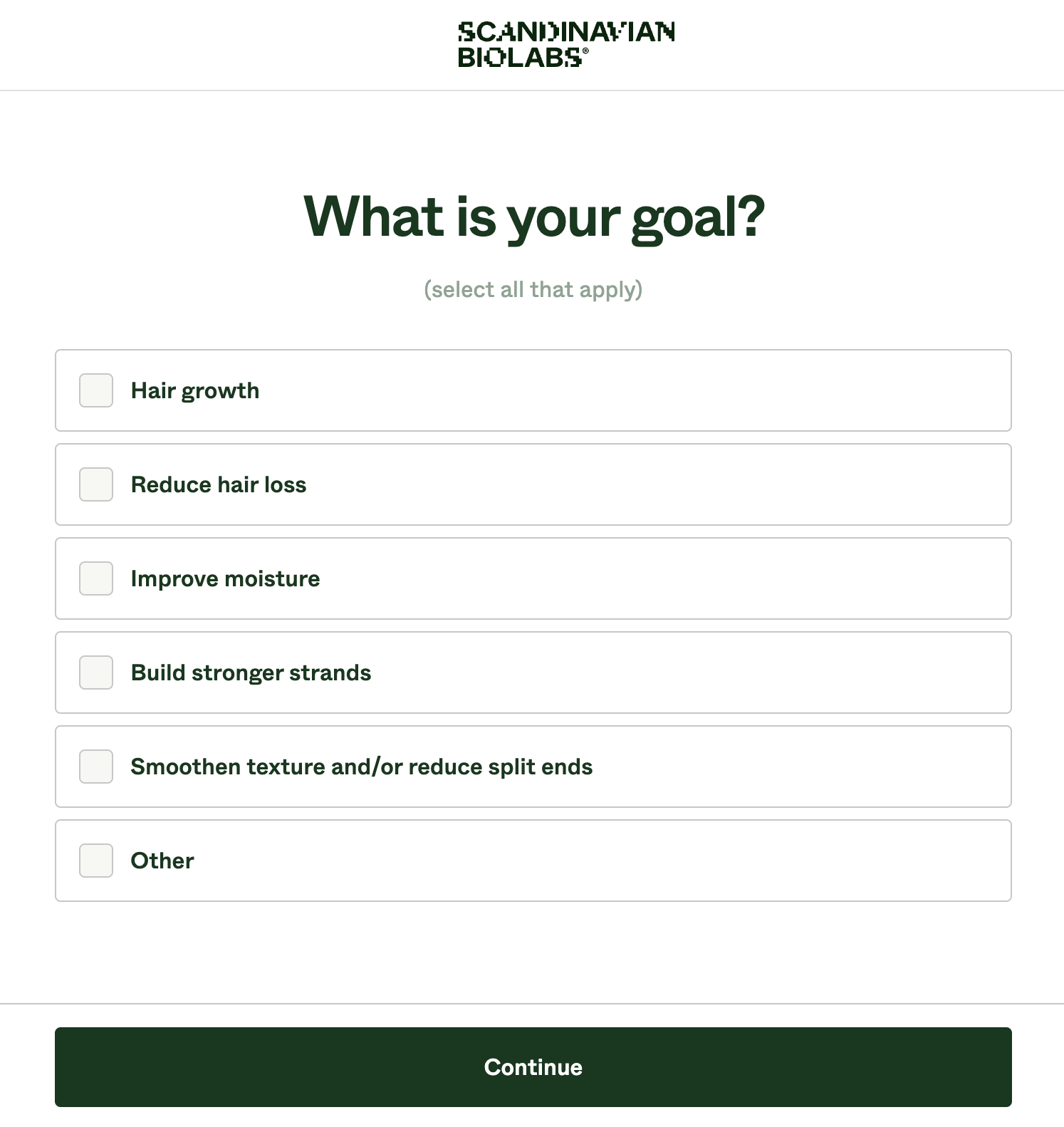
If you're not sure where to start or what approach makes the most sense for your specific situation, there's a hair quiz designed to help with exactly that.
It walks you through questions about your hairline type, potential triggers, and what you've noticed changing. Then it gives you personalized guidance based on your answers so you're not just guessing or trying random things that may or may not fit your needs.
It takes out the guesswork and helps you feel confident that you're taking the right approach for your hairline, not just following generic advice.
If you've made it this far, you're already doing something most people don't: you're paying attention.
You noticed the changes early, you're asking the right questions, and you're looking for real information instead of just hoping things will sort themselves out.
That puts you ahead.
Catching hairline changes early is honestly the best opportunity you'll have to take action with knowledge and confidence. You're not scrambling to fix something that's already progressed, you're being proactive while you still have options.
So here's what to do next: take the hair quiz.
It'll help you figure out what's going on with your hairline and give you personalized guidance on the best way to support it. Or, if you already know the Hairline Booster is what you're looking for, you can check it out and see how it fits into your routine.
Either way, you're not waiting around anymore. You're taking control, and that's exactly the move.